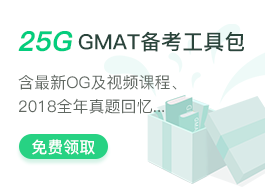题目信息
Operations at the Green Hills Gold Mine are continuously releasing mercury into the headwaters of the Apache River, and most fish in the Apache River now have mercury levels at or above the legal limit for human consumption. With the price of gold rising, forcing more and more mining at Green Hills, there seems no hope for food fishing along the Apache River.
Which of the following plans, if feasible, would allow the state to assist the food fishing industries along the Apache?
Which of the following plans, if feasible, would allow the state to assist the food fishing industries along the Apache?
A:State workers will test the algae and underwater plants for mercury, removing those above a certain mercury threshold. These algae and plants are the principal food source of the food fish.
B:The state bank will start to buy up large amounts of gold, preferentially buying directly from the Green Hills mines.
C:Every six months, the state will send testers to twelve locations along the upper and lower Apache River, to test the mercury content in the water and in fish.
D:The state will mount a public awareness campaign, educating private citizen and restaurateurs about the dangers of high levels of mercury in food fish.
E:Immediately downstream from Green Hills, the state will install a sophisticated ionic filtration plant, which will substantially reduce the level of heavy metals (including mercury) in the water.
参考答案及共享解析

共享解析来源为网络权威资源、GMAT高分考生等; 如有疑问,欢迎在评论区提问与讨论
本题耗时:
已选答案:
正确答案:
E:Immediately downstream from Green Hills, the state will install a sophisticated ionic filtration plant, which will substantially reduce the level of heavy metals (including mercury) in the water.
权威答案解析正在整理中,即将上线。
 加入收藏
加入收藏
 在线答疑
在线答疑
题目来源
Magoosh



























